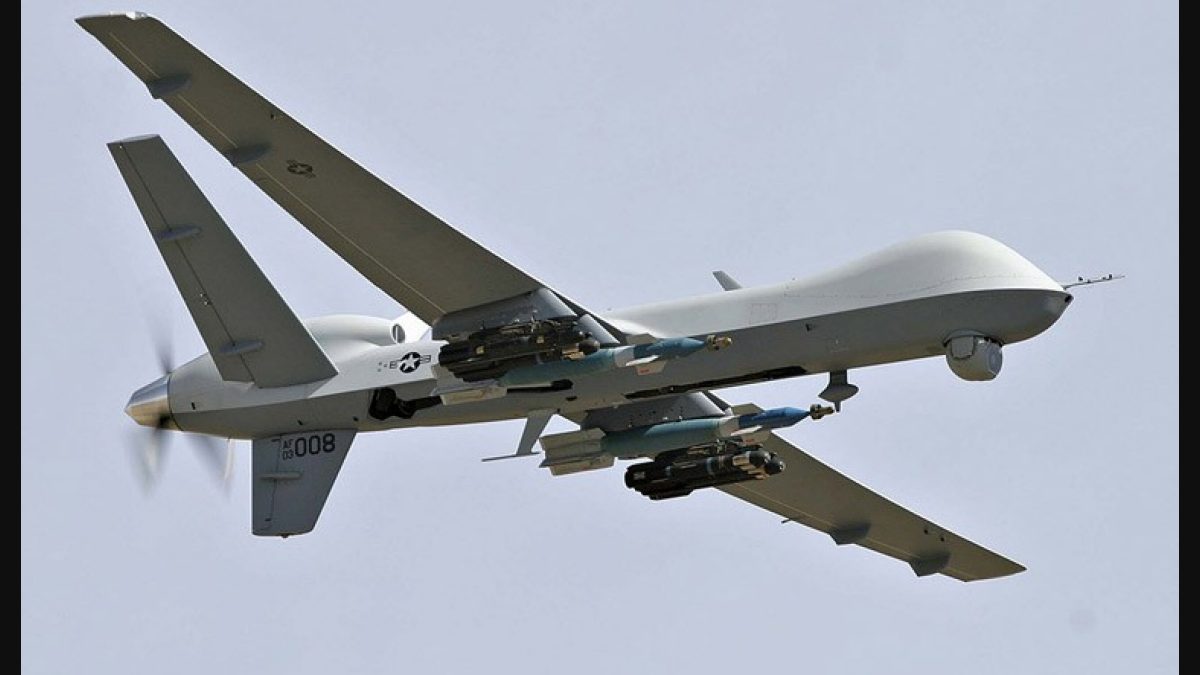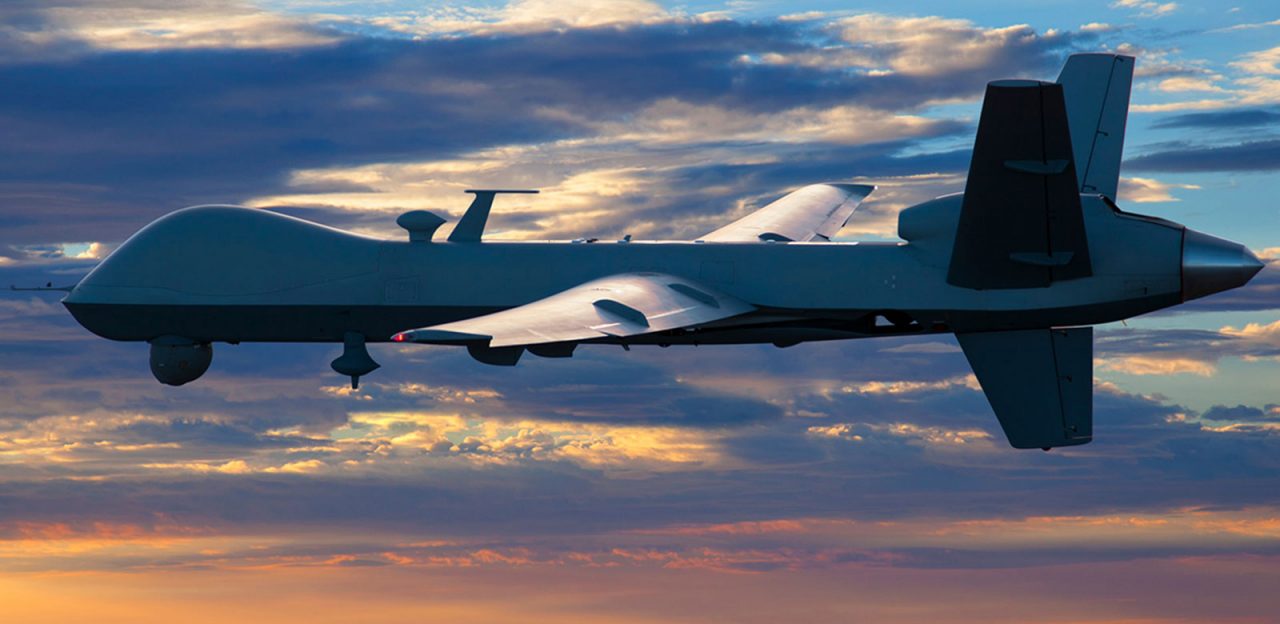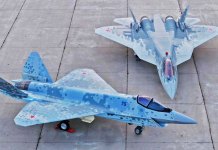The ubiquitous General Atomics MQ-9 Unmanned Combat Aerial Vehicle (UCAV) that symbolized drone warfare at the height of America’s ‘war on terror’ has put the United States Air Force (USAF) and politicians on the opposite side of the fence over its military relevance.
While the USAF has been pushing to retire it, noting its obsolescence before advanced near-peer rivals like Russia and China, politicians have resisted the move.
A section within the USAF backs the Reaper’s versatility and proposes to upgrade and repurpose it to enhance its survivability.
Recently, an MQ-9 Reaper from the 163rd Attack Wing of the California Air National Guard received fuel from the Marine Tilt Rotor Squadron 764, described as “aviation delivered ground refueling.”
This was the first time a US Air Force MQ-9 Reaper was refueled by a joint platform from another arm of the US military, and only the second time an MQ-9 received fuel from another aircraft.
Conversely, the exercise also allowed the 163rd Attack Wing to practice Reaper Agile Combat Employment (ACE), which decentralizes operations to a network of smaller, dispersed locations.

Major Shanna Ream, assistant director of operations for the 163rd AW, said they’re “making it expeditionary where they can hop to different places with a very small footprint, refuel, rearm, get back up in the air and continue supporting.”
This seems to be in line with the US Marine Corps’s Force Design 2030 and Expeditionary Advanced Base of Operations (EABO). With Chinese long-range missiles like the DF-23 and DF-21D threatening US carriers from afar, FD-2030 aims to spread out on islands controlled by friendly nations in the Western Pacific and fight China inside this Anti-Access/Area Denial (A2/AD) bubble.
‘War on Terror’ – The MQ-9 Reaper’s Heydays
The Reaper was the backbone of the US Intelligence-Surveillance-Reconnaissance (ISR) and air-to-ground fires missions in Iraq and Afghanistan, striking terrorists and non-state actors.
Move Over Helipads, Japan Is Developing ‘Landing Pads’ On Its Skyscrapers That Can Host Flying Cars
It carried the AGM-114 Hellfire missiles, laser-guided GBU Paveway-II, and even GPS-guided GBU-38. It can carry 16 Hellfires, equivalent to the payload of an Apache attack helicopter.
But these environments were also “permissive,” according to USAF Chief of Staff General Charles CQ Brown Jr.’s statement to the House Appropriations Committee during the Defense Budget Hearing.
Representative Ken Calvert (Republican-California), however, is reported to have wondered if the USAF is prematurely decreasing its Reaper funding, given the “continued need for its capabilities in other parts of the world.”

On May 13, several Democratic and Republican members of the committee were questioning Brown and Air Force Secretary Frank Kendall’s push to retire many other such legacy air force platforms, part of which were 100 MQ-9 Reapers.
The Congressmen were concerned that the de-fleeting was happening before newer models and replacements were being made available. Other platforms the USAF wanted to divest were 33 F-22 fighters, 89 A-10 Thunderbolts II/Warthog attack aircraft, and 15 E-3 Airborne Warning and Control Systems (AWACS).
From a warfighting perspective, this is important. The @USMC is working hard to adapt the MQ-9 to smaller footprints and support the Joint Force as the Stand-in Force #SIF. Thank you to the @usairforce for working with our #Marines to make a more capable, more lethal Joint Force. pic.twitter.com/4Thvuw8oB2
— David H. Berger (@CMC_MarineCorps) August 4, 2022
The Reaper can Still Reap Benefits
Major General Lawrence Stutzriem (Retd) disagrees with the USAF’s assessment of the Reaper being unsuited in a war with technologically advanced near-peer adversaries like Russia and China.
He advocates investing in heavily upgrading them with new electronics, avionics, communication packages, electronic warfare (EW) suites, engines, and active/passive sensors to last in highly-contested battlespaces. This will ensure their relevance for the next two to three decades.
That it would be cheaper and faster is borne by the fact that the USAF’s 2021 Request for Information (RFI) for an advanced MQ-Next concept is still far from being a funded program.
“While it’s true that an MQ-9 will not survive over downtown Beijing amid the most advanced air defense systems, that cannot be the ultimate arbiter. There are a range of demands, and the MQ-9 can execute certain missions to free up capable assets, like the F-22, F-35, B-2, and B-21,” Stutzriem.
He touches upon the cost factor, pointing out how the USAF procured nearly $500 million worth of E-11 business jets to carry communications and data relay systems between platforms that are electronically incompatible with each other.
“MQ-9 Reapers already in the inventory could (be upgraded and) do this mission at a substantially lower cost, stay on station multiple times longer, while also freeing up a squadron of jet pilots, easing the Air Force’s chronic pilot shortage, which has remained stubbornly around 2,000 for several years,” Stutzriem added.
Neither would commanders be constrained with possibly losing pilots or airmen and undertake more high-risk missions.
Stutzriem’s suggestions are naturally in harmony with other services’ own new concept of operations (CONOPS) – like the USMC’s FD-2030 and the US Navy’s Distributed Maritime Operations (DMO).
The latter calls for more unmanned surface naval vessels taking routine work of bigger platforms like destroyers and frigates inside China’s A2/AD umbrella and is officially in consonance with the FD-2030 itself.
Thus, if the USMC and USN can integrate and synergize their strategies, the USAF can certainly throw in its hat, given how it would be a major player in any conflict with China or Russia.
The Western Pacific already shares an overlap with Russia in the far north-east, where Russia and Japan have contesting claims over the Kuril islands. That makes it the fourth flashpoint in a region that has three others – the Korean Peninsula, the Taiwan Straits, and the South China Sea (SCS).
- The author can be reached at satamp@gmail.com
- Follow EurAsian Times on Google News




